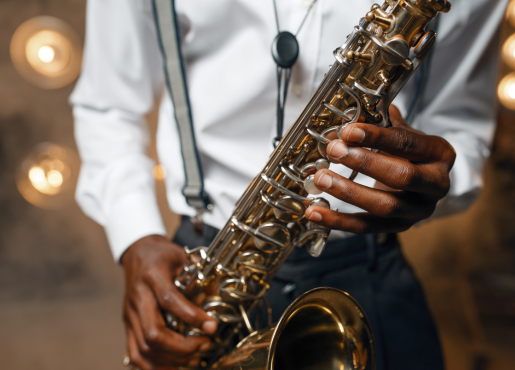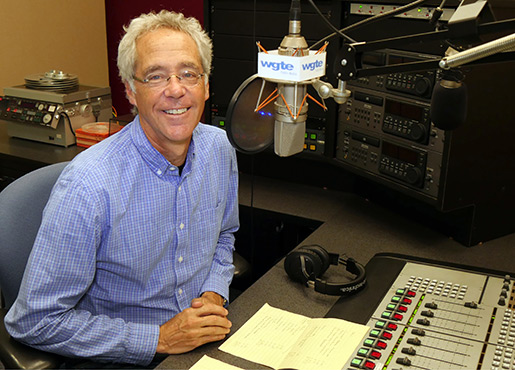
This Week on Jazz Spectrum – Sonny Rollins’s “The Freedom Suite”
By Fritz Byers
By 1958, the tenor saxophonist Sonny Rollins had established himself firmly at the apex of jazz, sitting alongside John Coltrane as heirs of their instrument’s tradition, founded on the triumvirate of Lester Young, Coleman Hawkins, and Ben Websters, and as the progenitors of the tenor’s next great era. Sonny, born in 1931, had already made records with Charlie Parker, Miles Davis, and Thelonious Monk, had contributed innovative compositions to the jazz repertoire (“Airegin, “Paradox,” “Pent-Up House,” “Valse Hot” to name just a few), and had recorded, in 1956, at least one brilliant album, Saxophone Colossus, which featured his surpassing masterpiece, “Blue 7.”

His November 3, 1957 trio appearance at the Village Vanguard, supported by only bass and drums without a chordal instrument, (replicating the instrumentation on Way Out West, which Sonny had recorded eight months earlier), produced one of the most admired live recordings in all of jazz, A Night at the Village Vanguard. The entire performance is improvised – there was no set list and no real rehearsal. (The afternoon session had Donald Bailey on bass and Pete LaRoca on drums; Sonny replaced them on the fly for the evening session, substituting Wilbur Ware on bass and Elvin Jones on drums.). Immediate critical reactions to the release were mixed, but musicians knew something extraordinary had happened that day, and it’s easy to forget that this performance helped make the reputation of the Vanguard, affirming it as the premiere place in New York (and therefore in the world) to hear cutting-edge jazz.
So in March 1958, the situation was primed for Sonny’s next great original work. He had been in the studio a month earlier for his final date for the Riverside label, recording with the bassist Oscar Pettiford and the drummer Max Roach – perhaps the ultimate rhythm section you could assemble at the time. The trio had recorded four standards. (Before Sonny arrived, more than an hour past due, Oscar and Max recorded a duo on “There Will Never Be Another You.” The result is thrilling; it was released on Max’s record, Deeds, Not Words.)
During the February session, Sonny made no mention of his original composition, “The Freedom Suite.” But it was percolating, a reflection of his growing interest in the civil rights movement and the teachings of W.E.B. DuBois, and an intensely personal reaction to his inability to rent a New York apartment of his choosing.
“The Freedom Suite” is, like “Blue 7,” a thematic work, four movements spread over nearly twenty minutes. There are meter and key changes, affecting shifts between major and minor tonalities, a ballad interval, and, at the end of the second movement, a stirring cadenza of the kind that would become Sonny’s trademark. The piece is both thoroughly composed and eminently free, leaving, as Sonny would later say, “a lot of space to extemporize in the music.”
“The Freedom Suite” consumed the entire side 1 of the album titled Freedom Suite, which was released in June 1958. The back of the album cover bore a concise statement from Sonny about the provenance of the music, which left no doubt about Sonny’s intentions. The courage of the statement aligns with the boldness and passion of the music.
You’ll hear “The Freedom Suite” in its entirety at the start of this week’s Jazz Spectrum.
- Home
- Schedules
- TV
- TV
- Local TV Programs
- Business | Life 360 with Kristi K.
- Toledo Stories
- To The Point with Doni Miller
- Listening with Keith Burris
- Ideas & Insights
- WGTE Presents
- BL360: Northwest Ohio Innovation Consortium
- Magic of the Old West End
- Freedom Means Never Surrender
- I&I: The Random Factor
- FF: National Cherry Festival
- TTP: Moms Demand Action For Gun Sense in America
- Watch Live
- Radio
- Education
- Community
- Support
- About
- Donate
- Watch Live



